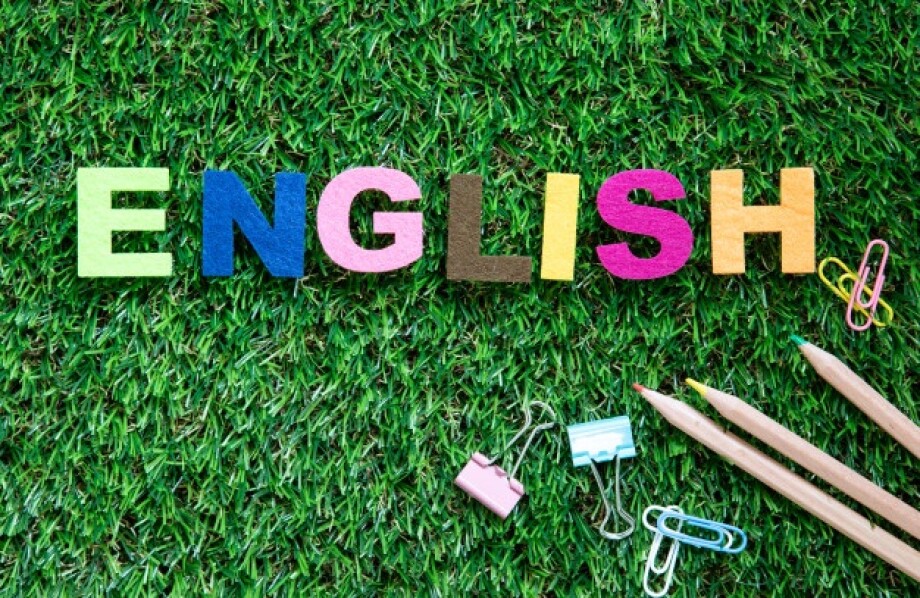As we know, grammar is not the most favourite aspect for the students to learn. They define it as boring, illogical, hard to remember, create associations and many more. Hence, it is our job to make it as interesting and interactive as possible and here are some ideas that I have been using with most of my groups who were exposed to learning the 1st and the 2nd conditionals.
This lesson is for the learners of B1+/B2+ language competency. Here is what you need.
- Whiteboard.
- Worksheet for controlled practice.
- Questions for fluency practice (self-created or student-created).
Lesson stages
Warmer
Ask students a question using the 1st and then the second conditionals. Let them answer the questions with as many possible options as they can.
E.g.
- What will you do if you can speak English fluently after a year?
- What would you do if you found a million dollar check addressed to you on the street?
Stronger groups: Read the questions to the students and encourage them to answer by using the structure.
E.g.
- If I speak English fluently after a year, I will move to live in England.
- If I found a million dollar check addressed to me, I would buy a house.
Weaker groups: Board the sentences, demo the answer yourself first/ask a stronger student to comment first and then proceed with the rest of the group by insisting on using full sentences and applying the structure.
To make this more interesting, you can set up a competition by dividing the class in two groups, timing them for 6 minutes and asking them to come up with as many answers as possible. The group that has the most correct sentences wins.
Language work
Pick a couple of answers for each question from the warm up to elicit the meaning and formation.
E.g.
If I speak English fluently after a year, I will move to live in England.
- Does this question refer to the present, past or future? (FUTURE)
- How many parts does the sentence have? (TWO)
- Which are they? (IF I SPEAK ENGLISH FLUENTLY AFTER A YEAR / I WILL MOVE TO LIVE IN ENGLAND)
- How are the two sentences divided from each other (BY A COMMA)
- Which part of the sentence contains the future component? (SECOND — I WILL MOVE TO LIVE IN ENGLAND)
- Can we use “will” directly after “if”? (NO, IT ALWAYS GOES IN TO THE SECOND PART)
If I found a million dollar check addressed to me, I would buy a house.
- Does this question refer to the present, past or future? (FUTURE)
- How many parts does the sentence have? (TWO)
- Which are they? (IF I FOUND A MILLION DOLLAR CHECK ON THE STREET ADDRESSED TO ME / I WOULD BUY A HOUSE)
- How are the two sentences divided from each other (BY A COMMA)
- Which part of the sentence contains the future component? (SECOND — I WOULD BUY A HOUSE)
- Can we use “would” directly after “if”? (NO, IT ALWAYS GOES IN TO THE SECOND PART)
- Which of these two sentences are more/less probable to happen (1st MORE, 2nd LESS)
Anticipated problems:
- Students might think that they always have to use “will/would” as the second sentence — explain that the positions of the sentences can be changed (e.g. I will move to live in England, If I speak English fluently after a year.)
- Students might need more guidance with both the meaning and the structure — choose a couple of more answers they had generated earlier and do the same with those.
Controlled Practice
To help the students assimilate the structure, you will need to create an exercise that will focus on the formation. A lot of those exercises are available online, however my personal favourite has always been the one by English File 3rd edition by Oxford University press (Unit 7B_Grammar Resources).
Here you can find the exercise.
Once the students have completed the exercise, make sure to check open class in case of weaker groups and comment on why the students had chosen this/or that form. Let them explain their choices as it will give them additional practice.
With stronger groups you can simply share the key and work with the challenging ones only.
Fluency practice
Option one
Setting up
At this stage, you want your students to try and use the structures in self-generated speech.
Weaker groups:Create questions similar to the ones in the Warm-up using 1st and second conditionals.
E.g.
What will you do if someone tries to jump the queue?
- What will you do if you lose your phone?
- What will you do if you see an old lady trying to cross the street?
- What would you do if you saw a dinosaur?
- What would you do if the president called you in the morning?
- What would you do if you woke up one day and could speak every language in the world?
Stronger groups: Ask the students to create the questions themselves, demo one example. You can ask them to do this individually and create 3 questions for each conditional form. Here you will need to make sure that the second conditional sentences are more hypothetical and unbelievable than the ones with the first conditional. Assist the students if needed.
Practice
- Put the students in 2 groups ( in case of 4 or less group size you don’t have to split them into pairs).
- Ask the students to flip a coin — heads (they will need to answer their own question), tails (they can ask the question to another member of the team).This gets really competitive when the students are trying to get tails and avoid answering the questions 🙂
- Monitor and make sure that the students are using full sentences and jot down any misuse of the language for a later error correction slot.
Optional Extension: You can ask the groups to exchange their questions and continue the game to prove them with more practice.
Option two
Setting up
- Post a picture of a man in the bar.

- Elicit why students think the man is drinking. Elicit as many ideas as possible and post them on the whiteboard.
Practice
Set the students into pairs/groups and ask them to create a story about the man in the photo using the conditionals. One pair will need to use the 1st conditional, the other one the second conditional. Ask them to get as creative as possible bearing in mind the possible and hypothetical aspects of the structures.
The story below is what my students had come up with.
If I drink, I will get drunk. If I get drunk, I will call her. If I call her, I will tell her I miss her. If I tell her I miss her, she will think I am stupid. If she thinks I am stupid, I will feel sad. If I feel sad, I will drink more. If I drink more, I will become a drunkard. If I become a drunkard, I will lose my job. If I lose my job, I can’t pay my bills. If I can’t pay my bills, I will lose my house and die from hunger. So, I will not drink 🙂
Another group came up with this.
If I drank one more glass, I would lose control. If I lost control, I would start to dance on the counter. If I started to dance on the counter, I would attract attention of the security. If I attracted the attention of the security, I would be thrown out of the bar. If I got thrown out of the bar, I would have to go to a different bar. If I went to a different bar, I wouldn’t like their drinks. So I won’t drink more as I like this bar 🙂
Once the stories are ready, ask the students to read them out and vote for the best one.
Optional Extension:You can ask the students to share their stories between each other and change the first conditionals into second ones or the other way around.
This flow of the lesson has always worked for me and helped the students to assimilate the meaning and the structure quite successfully. Try and let us know how it went 🙂






 Вероника Аветисян
Вероника Аветисян 
 Маргарита Аветисян
Маргарита Аветисян 



Большое спасибо за отличную подборку грамматических speaking-заданий! Нахожу все нужные темы. Студентам нравится тоже)